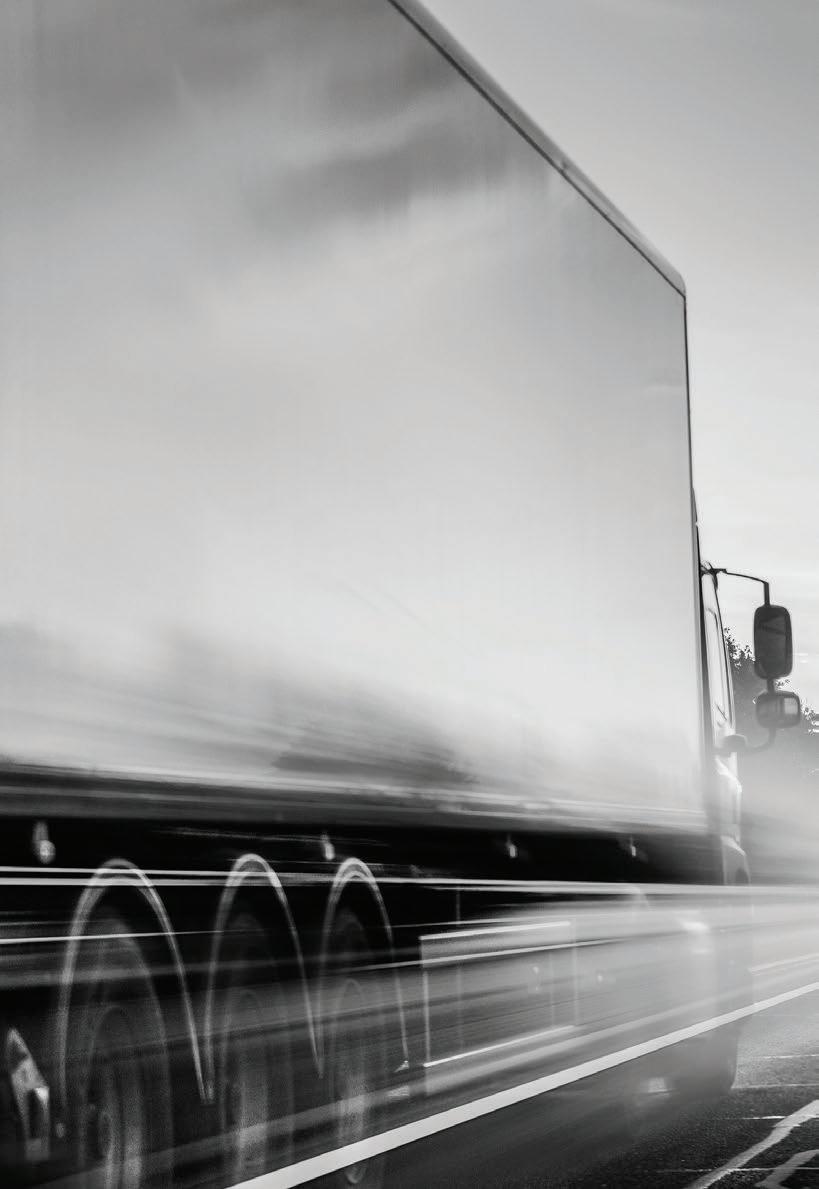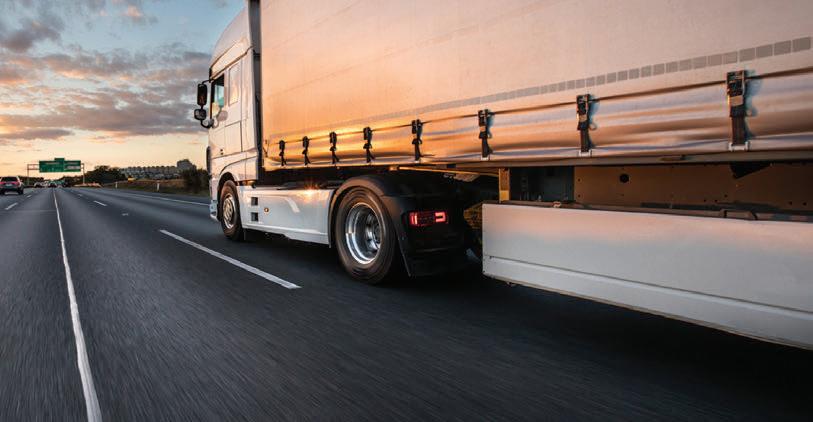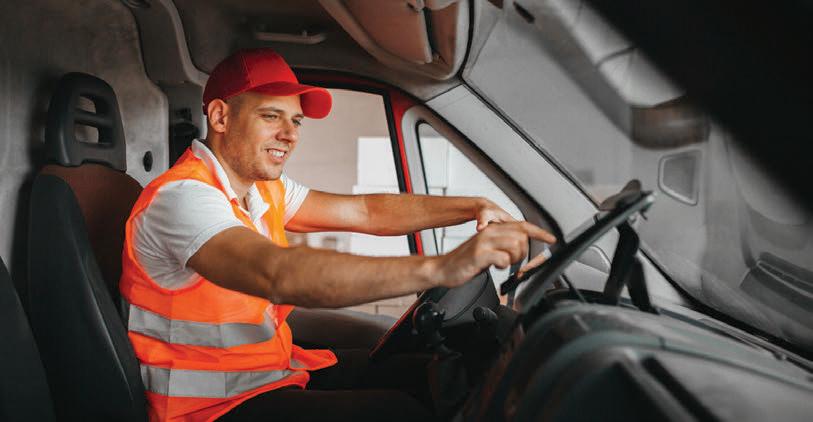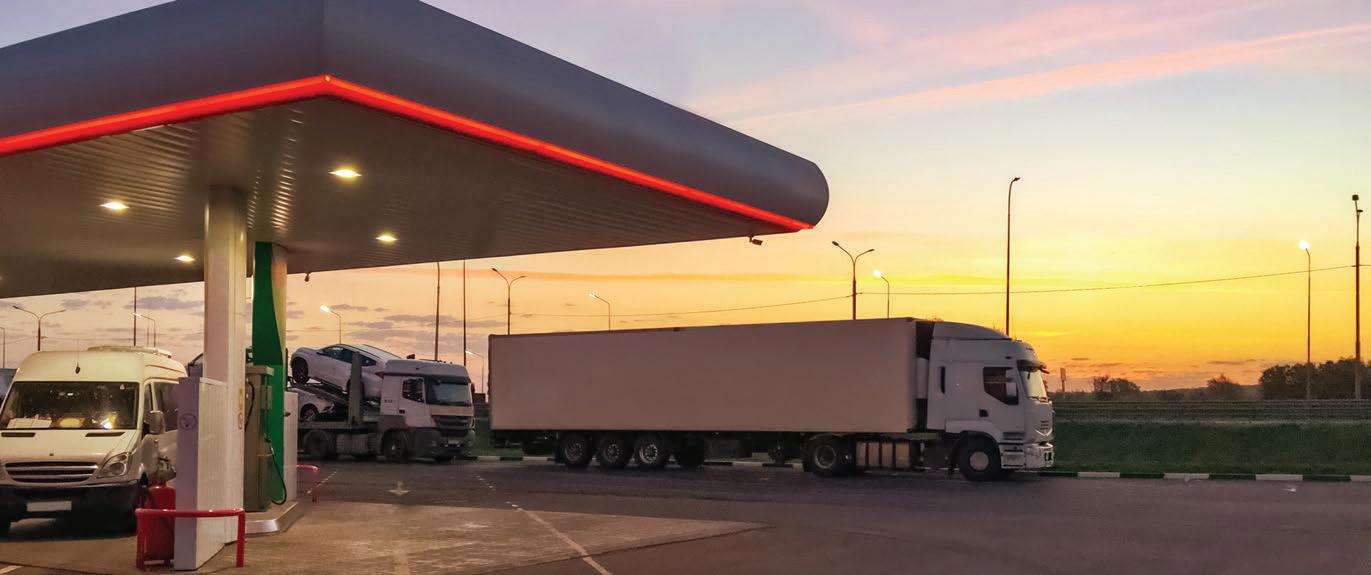
2 minute read
A different way to address the driver shortage
having the ability to create workflows that track individual delivery or customer requirements.
The variance in proof-of-delivery is a good example. Some customers may require a signature, others photographic proof and/ or time stamping. Capturing this requirement and serving it directly to the driver makes life infinitely easier – particularly if requirements change between one delivery type to another.
This is just one step in the delivery process – when you look at how many other variances a delivery can have, you realise how complex a driver’s job can be.
THE estimates vary, but we are in the middle of a perfect storm in terms of the availability of qualified drivers to take the wheel. With a shortage estimated to be in the thousands, the average age of our driver population con- tinues to increase while the number of new drivers taking the wheel has declined.
This isn’t news. While there are initiatives in play to address this, it will take months, if not years, for the full impact of that to be real- ised. So, what can we do in the meantime?
Make your drivers’ life easier
It isn’t about more breaks or shorter hours. This is about not having them doubling back on the same road two or three times in a day because the route they are taking hasn’t been optimised.
For those involved in lastmile delivery, it isn’t enough to just be able to do this at the start of the day. Being able to adapt route changes on the fly in the face of traffic issues, weather impact or the end-customer changing their plans – has a massive and positive impact on both the driver and your productivity.
We estimate you can save an average of 20 per cent in fuel usage and make 20 per cent more deliveries simply by using dynamic scheduling with route optimisation. Drivers aren’t doing unnecessary miles and there is a real ‘feel good’ factor in knowing you are being as efficient as possible and getting more done, for less effort.
Embedding your IP
The ideal is for any driver to be able to instantly take the wheel and be able to deliver your goods or service to the standard you expect; on any route, for any customer. Achieving this generally takes two things. Firstly,

Secondly, there are a lot of things that can be useful for another driver to know, that are inherent to a particular delivery. It could be there is a very specific location where the delivery needs to be made – particularly on a building site. It might be alerting a driver that the property owner has a dog or that the delivery location doesn’t have enough space for turning so you need to back out of the drive.
Being able to capture this level of detail in a way other drivers can instantly connect to makes their life infinitely easier. It also means you have more flexibility in terms of driver selection, including bringing contractors and temporary drivers into the mix.












